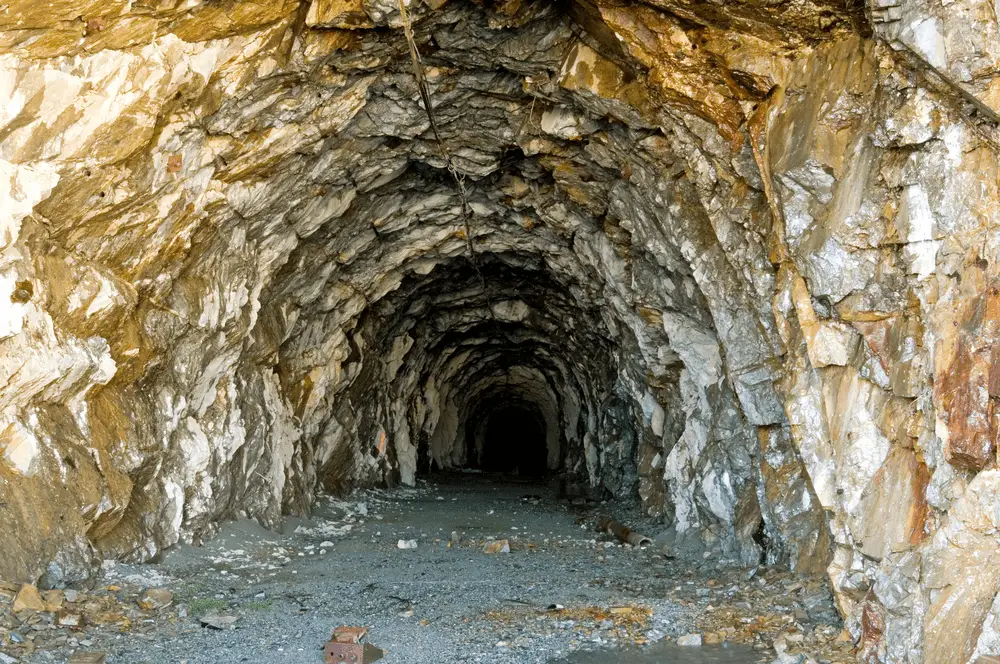Table of Contents
Gold, one of the world’s most luxurious naturally occurring metals, has to be found somewhere. The job of gold mines everywhere is to dig down into the earth and find this lucrative material. Gold has been a part of human history since at least 4000 BCE, so there always has and always will be a market for it.
*This post may contain affiliate links. As an Amazon Associate we earn from qualifying purchases.
Gold mines have been known to significantly alter the environment, however. In aquatic mines where the gold is underwater, there have been instances of cyanide and mercury left behind, both of which can be highly toxic. There have been efforts to make gold mines cleaner or more ethical that have had a lot of success over the years. Another problem is with noise pollution though. The Mine Safety and Health Administration has noise limits in place to protect the workers and surrounding area.
Some mines, however, are more than worth all the hassle and worry. A few even give back to the mining location. A small group of companies has taken the search for gold to incredible heights and constructed the largest gold mines in the world. Here are the top ten largest by production:
Gold Mine FAQ
1. What Are Gold Mines?
Gold mines or gold mining complexes are places where gold is extracted from the ground. Instead of typical underground mines, gold mines are usually deep, wide, man-made holes in the ground called open pits.
2. How Do Gold Mines Work?
Gold can be found in a variety of ways, not just within the typical mining caves. More often than not, gold can be found using artificial erosion techniques, like sluicing or dredging the land. Even panning through gold-rich water beds can prove useful.
3. What Does Gold Do?
Gold is a lucrative, expensive element but is also very fragile and malleable. Gold is primarily used to make jewelry, or as currency. It’s also traded as a commodity. There are instances of gold being used for tooth restoration, infrared shielding, or even as anti-inflammatories in medicine. Gold is also a conductor of heat and electricity.
4. Where Can You Find Gold?
In nature, gold can be found almost anywhere on the globe, including at the bottom of the oceans. Gold is believed to be created from collisions of neutron stars and left as space dust in Earth’s and other solar systems. This dust contracted under planetary gravity forming asteroids. Much more plentiful during the formation of our solar system, asteroids occasionally succumbed to Earth’s gravitational pull, falling out of orbit to become meteors that crashed to the Earth’s surface. So, asteroid impact sites from billions of years ago are the places with the most gold deposits.
5. Which Countries Produce the Most Gold?
The largest gold producer in the world is and has been China with 426 tonnes in 2017. (A tonne is equivalent to a metric ton.) In 2017, the second-largest producer was Australia with 295.1 tonnes, followed by Russia with 270.7 tonnes.
How We Reviewed
This Top 10 list was not created based on size but on output. Production numbers disclosed by the owners of these mines is the primary source of information. Underground mines and open pit mines can be in this list. The data used to make this list was gathered by IntelligenceMine in 2014.
Overall Production Range
Because of the abundance of gold and gold mines worldwide, making an estimate of Earth’s natural deposits or already produced gold ore can be extremely difficult. However, estimates indicate that total gold production since civilization began is around 190,040 tonnes. Gold from Nevada is 2.5 percent of that total, making the region Earth’s primary gold producer historically. Overall, annually collected gold ore rises as time goes by, a result of better technology and techniques to extract gold. By 2014, there was an annual production rate of 2,860 tonnes worldwide.
There are also instances of gold being merged with other ores, like copper, silver, or even certain kinds of rocks. Mercury can be used to melt the gold but creates a completely new material. Instead, companies use hard rock mining to extract gold encased in rocks. Using mercury can increase gold recovery rates but the amount of pure gold suffers. Cyanide is also used during processing to turn gold into a sludge for molding into ingots suited to shipment and storage.
The mines we reviewed below are listed in order of highest production.
What We Reviewed
- Muruntau
- Grasberg
- Pueblo Viejo
- Yanacocha
- Carlin Trend
- Cortez
- Goldstrike
- Olimpiada
- Veladero
- Boddington
Muruntau (Uzbekistan)
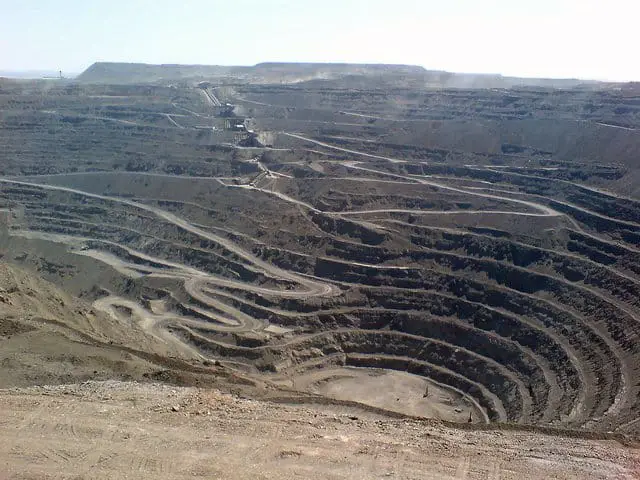
Photo credit by: chrisbrodieconsulting.com
Features
Muruntau of the Kyzyl Kum Desert in Uzbekistan is owned by Navaoi. The large open pit mine is 3.35 kilometers by 2.5 kilometers with a depth of 560 meters, making it the world’s 5th deepest open pit mine. The mine was discovered in 1958 and surface mining began in 1967. Interestingly, there is a conveyor belt in the open pit with a lifting height of 270 meters, cutting down transport by road by 3.5 kilometers.
Production
Being the largest mine on this list, Muruntau is believed to produce 2.6 million ounces of gold in a single year. The resource base is estimated to be about 170 million ounces of gold.
Grasberg (Indonesia)
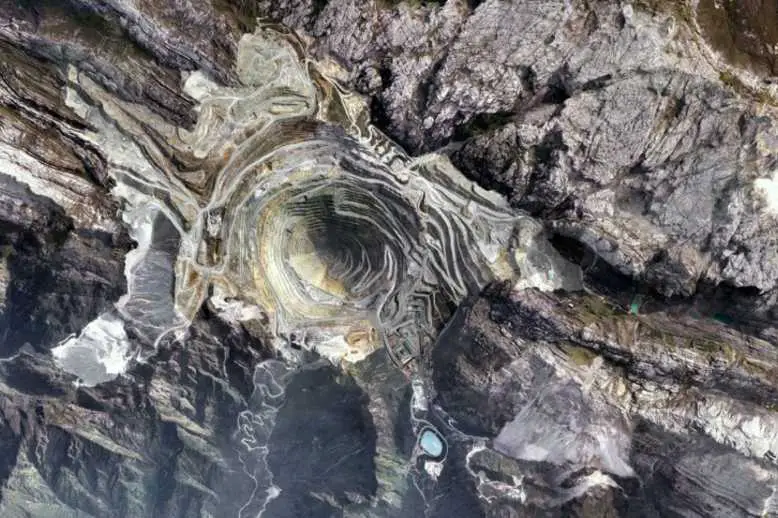
Photo credit by: mininglobal.com
Features
Grasberg of Tembagapura, Irian Jaya in Indonesia is owned by Freeport-McMoRan. While being far behind Muruntau, the open pit mine was previously the biggest gold operation in the world. The mine has recently transitioned from open pit to underground block carving and now produces copper primarily. In support of the mining workforce, Freeport has built an airport, a port, 119 kilometers of road, a tramway, hospital, housing, schools and other facilities in the local area.
Production
Grasberg has produced 1.1 million ounces in a single year. The gold reserve is estimated to hold 0.98 tonnes of gold along with 3.87 tonnes of silver and 2.8 billion tonnes of copper.
Pueblo Viejo (Dominican Republic)
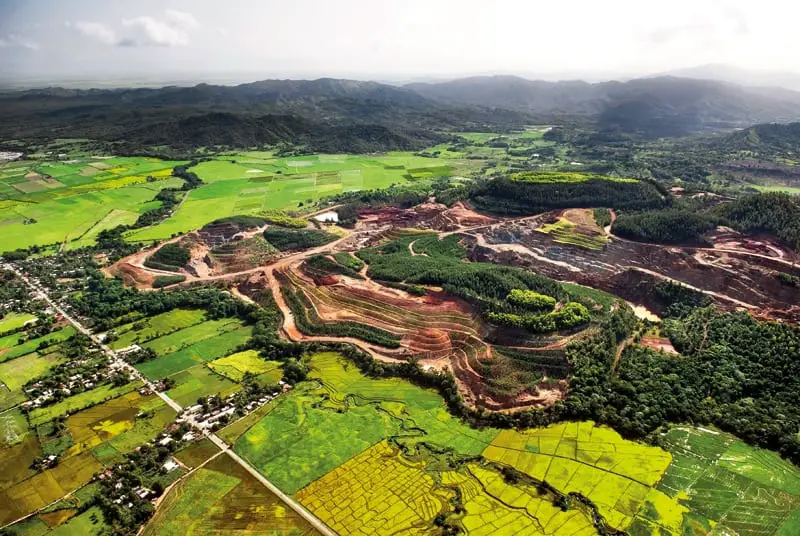
Photo credit by: thebusinessyear.com
Features
Pueblo Viejo Gold Mine of Pueblo Viejo in the Dominican Republic is owned by Barrick Gold and Goldcorp. Barrick holds 60 percent while Goldcorp owns the other 40 percent. This mine is the second largest high-sulphidation gold deposit in the world. The gold is extracted using a pressure oxidation process. Gold production began in 2012 with the current owners but the mine has been producing since 1975. Pueblo Viejo is the largest gold mine in the Americas, second-largest in the world in size.
Production
Pueblo Viejo ranks only slightly behind Grasberg with a reserve estimated to be 25.3 million ounces. In the mine’s lifetime, it has produced 5 million ounces of gold and 22 million ounces of silver.
Yanacocha (Peru)
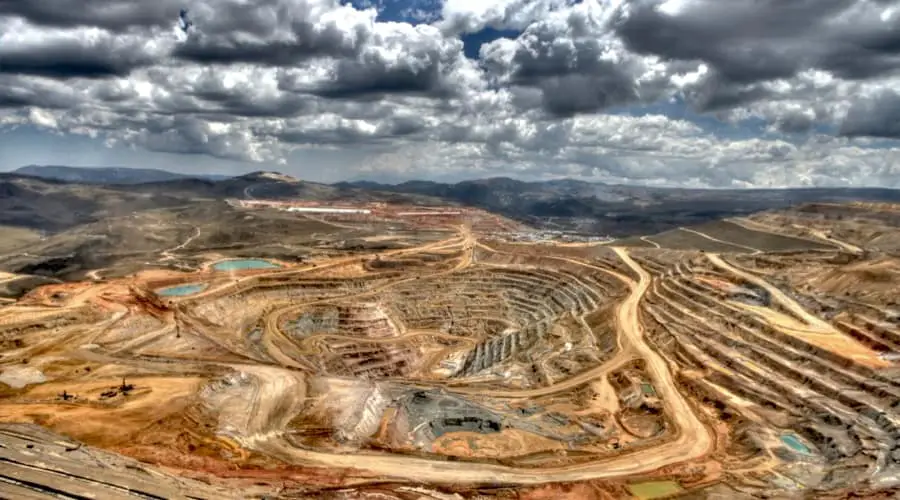
Photo credit by: mining.com
Features
Yanacocha of Cajamarca in Peru is owned by Minera Yanacocha, previously held by Newmont, Minas Buenaventura, and International Finance Corp. This is South America’s largest gold mine and operates out of four primary basins. The operations are set between 3,500 and 4,100 meters above sea level in those four primary basins. Because the mining was taking place in an area with active guerillas, the operation was heavily protected, but only to a point so as not to antagonize locals. Despite the abundance of gold, 53 percent of the population of Cajamarca remain poor, surviving at a poverty level of about $100 a month. In 2000, 151 kilograms of mercury was spilled by trucks onto the Pacific coast, contaminating a town and two villages. More than nine hundred people were poisoned as a result.
Production
By 1996, Yanacocha was producing 800 thousand ounces a year, eventually peaking to 3.3 million ounces by 2004. As of 2014, the mine produced 0.97 million ounces. Reserves have been estimated to be 36.6 million ounces of gold with an extra 350 million ounces of silver.
Carlin Trend (USA)
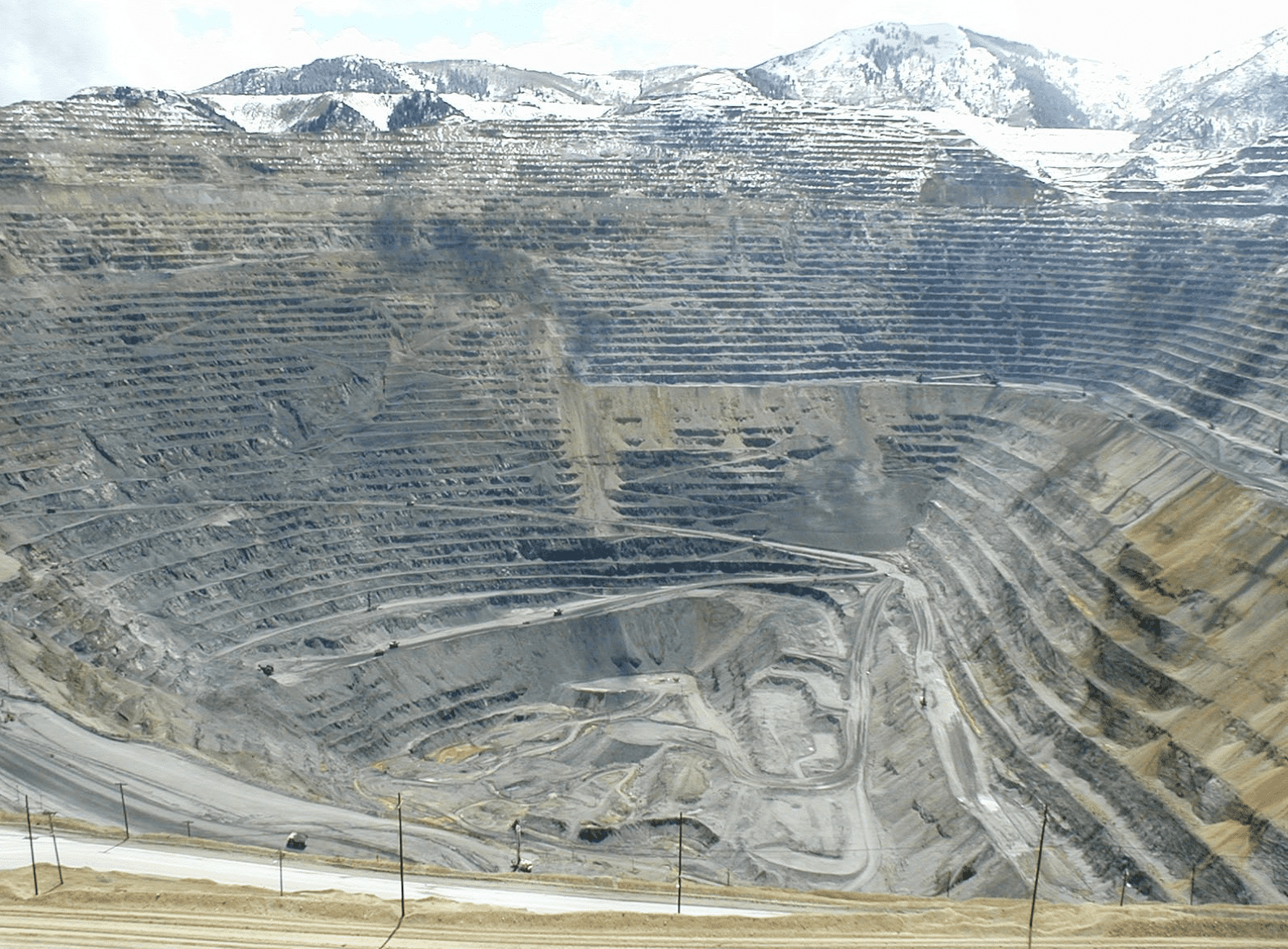
Features
Carlin Trend or Carlin Unconformity of Nevada in the United States is owned by Newmont Mining Corporation. The mine has two open pits and underground mines. Newmont started operations at this mine in 1965 though gold was first discovered here in the 1870s. By 2002, Newmont controlled nearly eight thousand square kilometers of land. The abundance of gold at this location is due to a collision of tectonic plates 350 million years ago. Hot springs and magma activity became more common in the area, eventually dissolving the minerals underground and bringing them to the surface, including gold and silver.
Production
Reserves for Carlin Trend are estimated to be 33.3 million ounces of gold. There are also extra reserves in the land owned by the corporation estimated at another 3 million ounces of gold and over 408 thousand tonnes of copper.
Cortez (USA)
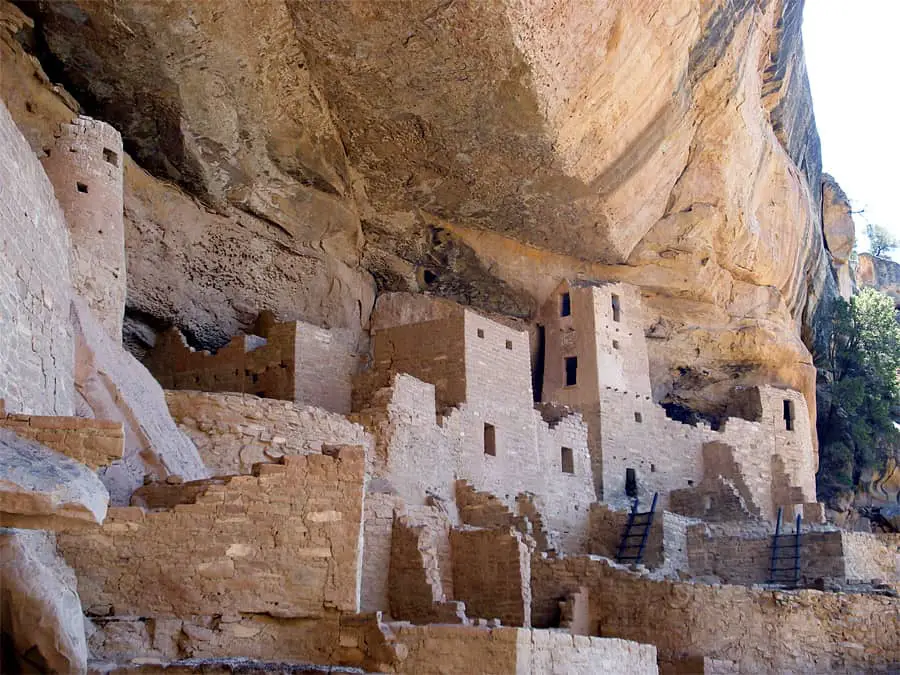
Photo credit by: retroinnmesaverde.com
Features
Cortez Mine of Nevada in the United States is owned by Barrick Gold Corporation, bought from Placer Dome in a buyout for $10.4 billion in 2006. Production began at Cortez in 1969 from the Pipeline deposits. The Pipeline deposits are along the Cortez and Battle Mountain trend in north-central Nevada.
Production
Reserves are estimated to hold about 7.8 million ounces of gold with only about 74 percent being recoverable.
Goldstrike (USA)
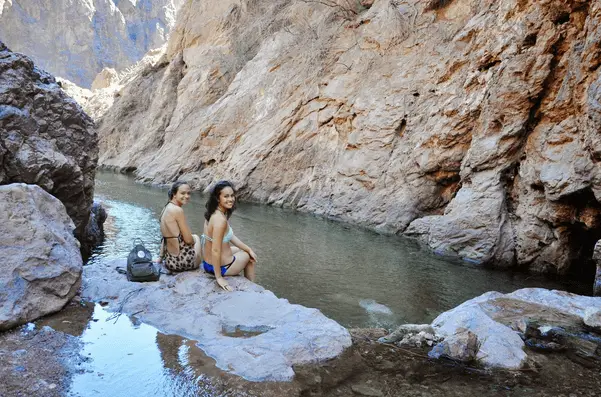
Photo credit by: pinterest.com
Features
Goldstrike Mine of Nevada in the United States is also owned by Barrick Gold. It is located on the Carlin Trend near Cortez, but was bought by Barrick before the Placer Dome buyout in 1986. There are three main gold mines, the large Betze-Post open pit and two underground mines named Meikle and Rodeo.
Production
In 2016, Goldstrike produced over a million ounces of gold, making it the third largest gold mine at the time. Since the Barrick acquisition, Goldstrike has produced 42 million ounces of gold.
Olimpiada (Russia)
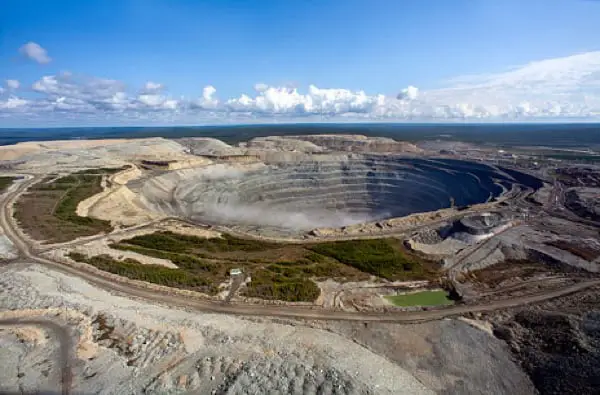
Photo credit by: mining.com
Features
Olimpiada of Krasnoyarsk Krai in Russia is owned by Polyus Gold. Olimpiada is Polyus Gold’s largest operation. Located in one of Russia’s most prolific gold mining provinces, the mine represented 39 percent of the company’s gold output in 2012. Because many of the ores contain sulfide, Bionord, another company, provides bio-oxidation technology. The rocks, a shale and carbonate-mica, have an average gold grade of 3.5 grams per ton.
Production
This mine’s reserves are estimated to be 32.12 million ounces of gold. By 2000, Olimpiada was producing 26 tonnes of gold a year.
Veladero (Argentina)

Photo credit by: mining.com
Features
Veladero of San Juan Province in Argentina is owned by Barrick Gold and Shandong Gold. Both companies own 50 percent of the mine. To accommodate the area and workers, Barrick installed the world’s highest-altitude wind turbine at Veladero in 2007. The turbine is at an elevation of nearly 4,200 meters. In 2017, Barrick was hit with sanctions after having three spills of cyanide solution at Veladero within 18 months. Because of the cost of restrictions and repairs, half of the mine was sold to Shandong Gold.
Production
In 2014, the mine produced 722,000 ounces of gold. The mine has an estimated reserve of 10 million ounces of gold.
Boddington (Australia)
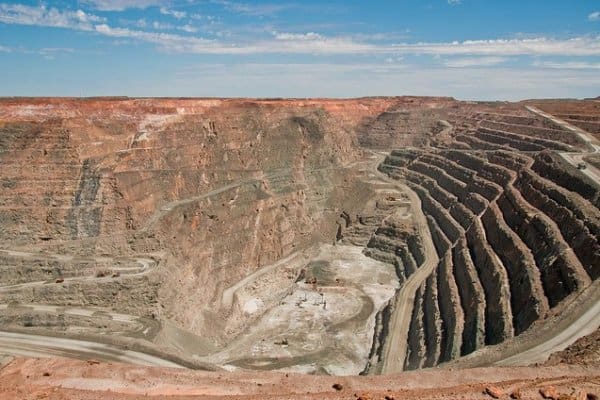
Photo credit by: abc.net.au
Features
Boddington of Western Australia, 130 kilometers south-east of Perth, is owned by Newmont. Boddington is the highest producing gold mine in Australia. Production began in 2009. The Boddington mine is located in a fault sliver of Archaean volcanic and shallow-level rocks, around granite and gneissic rocks. The gold here is thought to be brought up from the deeper layers of the Earth rather than collected from ancient asteroid debris.
Production
Reserves are estimated to hold 20.3 million ounces of gold and 2.26 billion pounds of copper. Production is estimated to be 696 to 700 thousand ounces a year in gold.
Gold Mines Trivia
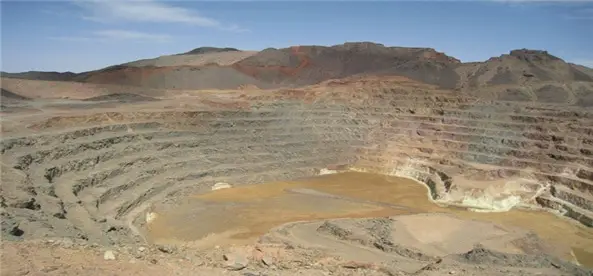
Photo credit by: gineersnow.com
Because gold isn’t a renewable resource, mines eventually do run out of the precious material. The top gold mines of today will fall to newer mines tomorrow. While gold doesn’t replenish itself, there is still plenty in the environment. There have been golden artifacts found in Bulgaria dating back to between 4700 and 4200 BCE.
One of the earliest known mines was from the Romans during the Bronze Age. They used hydraulic methods like large-scale sluicing to extract gold from loose sediment deposits. With gold in use as a currency at the time, the mines were an important motive in the Roman invasion of Britain. Gold was also the main motivation for the Roman invasion of Transylvania.
In the 19th century, there were gold rushes in remote regions all over the world. The most notable were the California Gold Rush of the United States in 1849, the Victorian Gold Rush of Australia in the 1860s, and the Klondike Gold Rush of Canada in the 1890s. Gold found in Witwatersrand brought on the Second Boer War in the early 1900s, eventually leading to the founding of South Africa. Gold has and will continue to reshape the world so long as it remains such an important and desired resource.

